Exploring the world of… microgreens!!!
One of the main reasons that I started to grow microgreens is that I like the way they taste.
The first microgreen I ever ate and the one I am most familiar with is: kaiware (かいわれ大根; daikon radish sprouts).
Often served with sushi, I always get a box for when I make sushi at home.
You might have eaten them too, especially if you like to eat rolls or temakizushi (手巻き寿司;hand rolls).
As for other microgreens, I’ve had a few opportunities to try a few types, mostly in restaurants.
But to be honest, I didn’t really know what I was eating.😒
There are way more types of microgreens than I ever imagined!
Just look at this list from one of my primary seed suppliers – Kitazawa Seed Company!
And, in order to become more familiar with these little bits of goodness I thought it would be best to grow my own!
If you haven’t explored much of the microgreen world, they do taste very similar to their fully mature counterparts and are very nutritious.
They are also very potent for their size in terms of flavor, especially if you try some of the mustard microgreens!!

Don’t have time to garden?
Good news!!
You’ll probably have time to grow microgreens!
I think this is about the most immediate gratification you can get with gardening. If this even qualifies as gardening! 🙌
In my experience, seed to harvest time is no more than 5-6 days!
Start on Saturday or Sunday and harvest by the next weekend!
And the good thing about growing microgreens is that you don’t need any special equipment.
You can even do this indoors (by a bright window)!
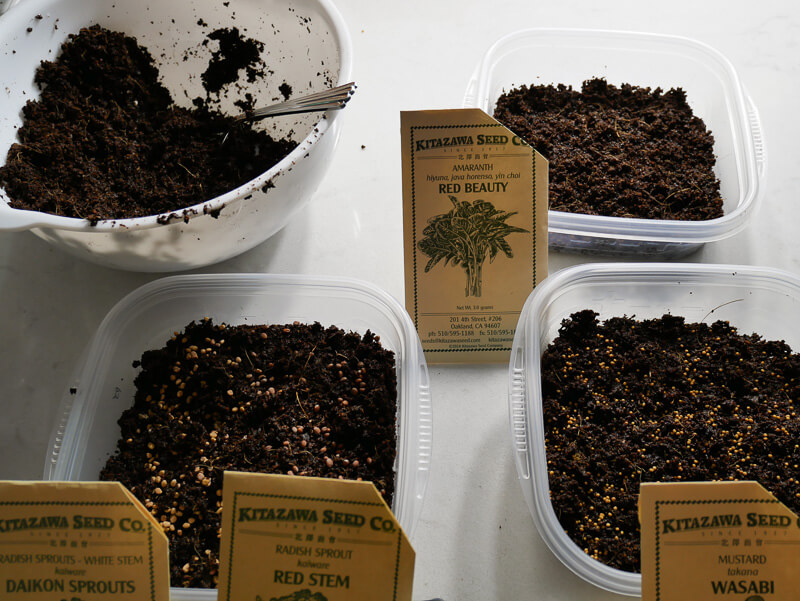
Planting the Microgreens (with video demo)
- For each of the trays above, I started with about 1/2 cup of dry coconut coir (The coconut coir will expand in volume quite a bit so keep that in mind when you are measuring it out.)
- The next thing that I did was add water to it. You want to add just enough water so that it seems to have the consistency of damp soil, with enough water that if you squeeze it nothing will come out.
- I then layer the coconut coir in a layer about 1/4 inch thick.
- Spread the seeds out evenly across the ‘soil’ you are using. For this grow, I planted red amaranth, red stem kaiware, white stem kaiware and wasabi mustard.
- Depending on how many microgreens you think you can eat, adjust the seed density. I’d recommend starting with less than you think you’ll need to be conservative.
- The last step to assist the seeds in germinating is giving them a little spray with a water bottle.
- Now all you need to do is wait for a few days and you should see sprouts.
- After the seeds sprout, you can remove the lids and watch them grow! (Days 2-5 will be the most exciting since that’s when you’ll notice the most change!)
You can also 📗Get Your Free PDF Quick Start Guide to Growing Microgreens here!
Harvesting the Microgreens
You can harvest almost anytime after two leaves appear at the top of the sprout.👏
When it’s time to harvest, you’ll want to use a microgreen chainsaw. Battery operated and available on Amazon for $9.99.
Just kidding. Though that might be fun to play with.
A pair of sharp scissors should suffice and you’ll want to cut somewhere near the bottom of the stem.
Once cut, they don’t last long and they’re very fragile, so you might want to use them within an hour or as soon as possible.
If you’re not ready to harvest you can let them grow, but they will need an additional watering. You’ll notice if the soil looks dry or the stems don’t stand tall.
click to enlarge!



Konnichiwa! (Hello!) I'm Pat Tokuyama, a Japanese tofu cookbook author, who travels for music, food, and adventure. If you like Japanese tea, checkout some of the newestorganic japanese tea, matcha bowls and noren and more!
** Curious about the Plant Based Japanese Cooking Club? ** Learn more here!
Microgreen Supplies Used
Seeds from Kitazawa Seed Company
Ziploc 3 Cup Small Square Food Storage Container 4 Count
Tolco Empty Spray Bottle, Frosted Assorted Colors
If you’re interested in adding some unique flavors to accent your food, growing your own microgreens is a quick, easy, and delicious way to accomplish that!
Subscribe to my youtube channel for Japanese cooking, travel tips and more videos like this!


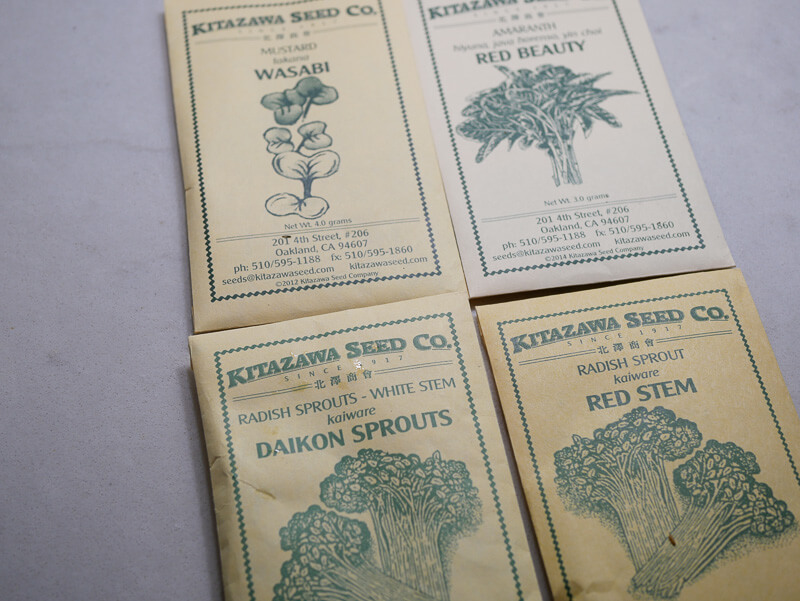
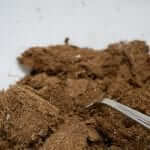
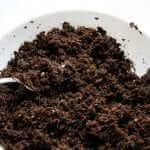
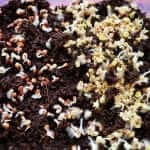
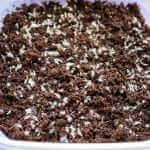
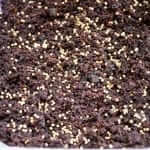
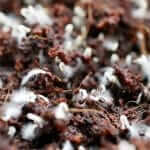
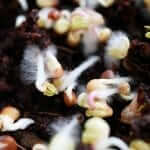
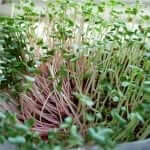
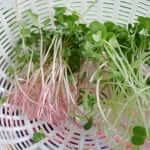
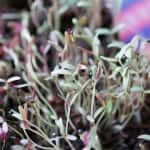
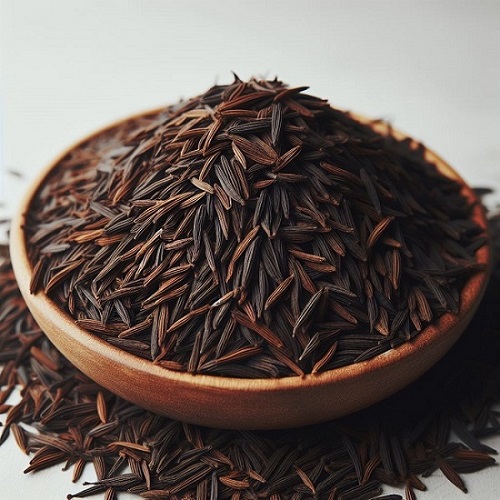
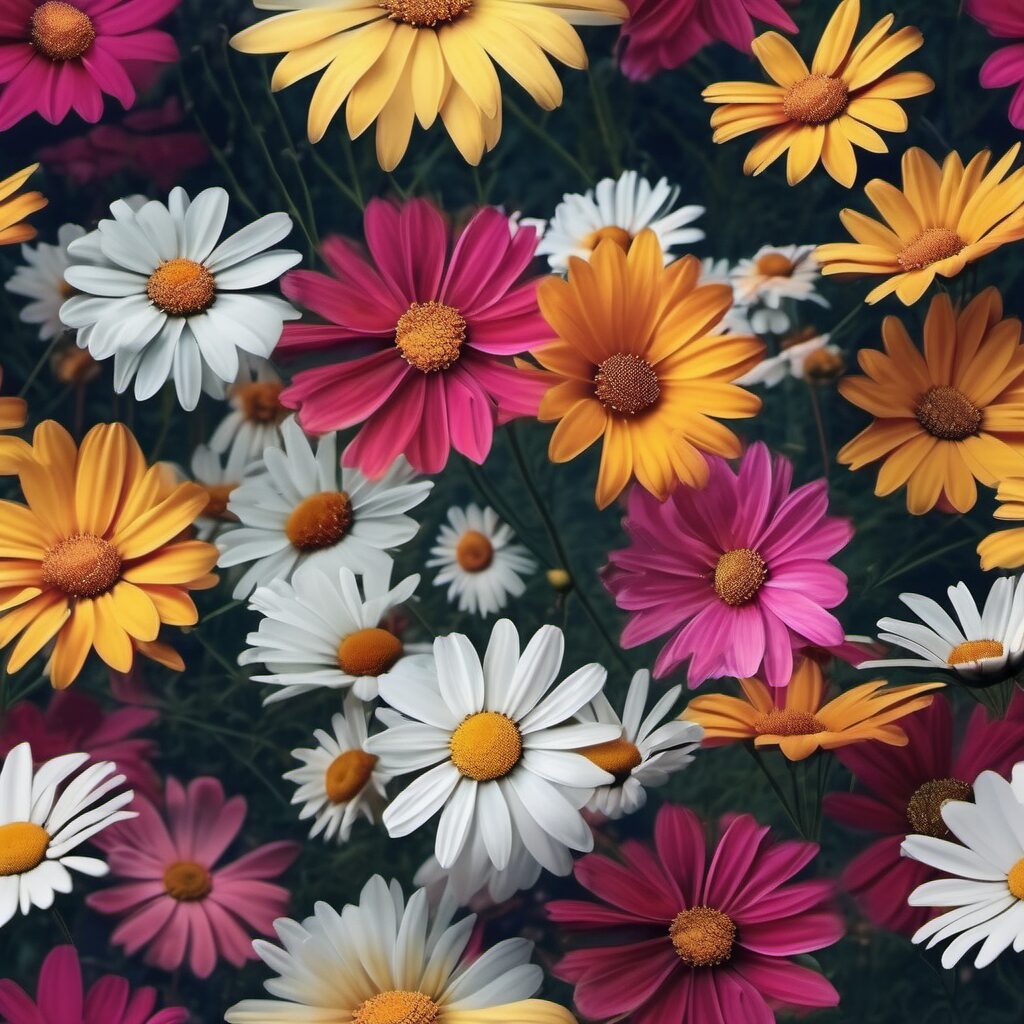
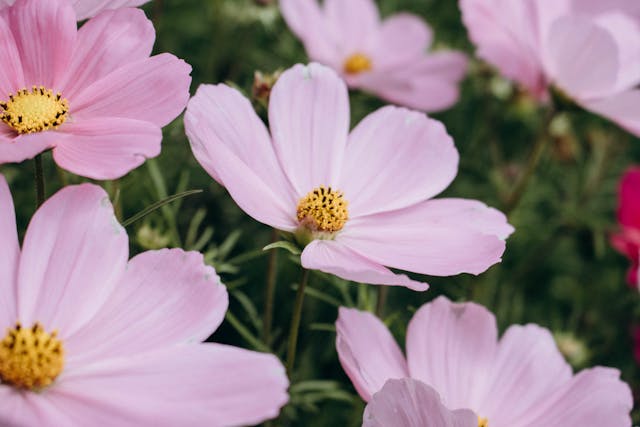
This is so cool. Great idea.
thank you !
You are welcome Patrick.